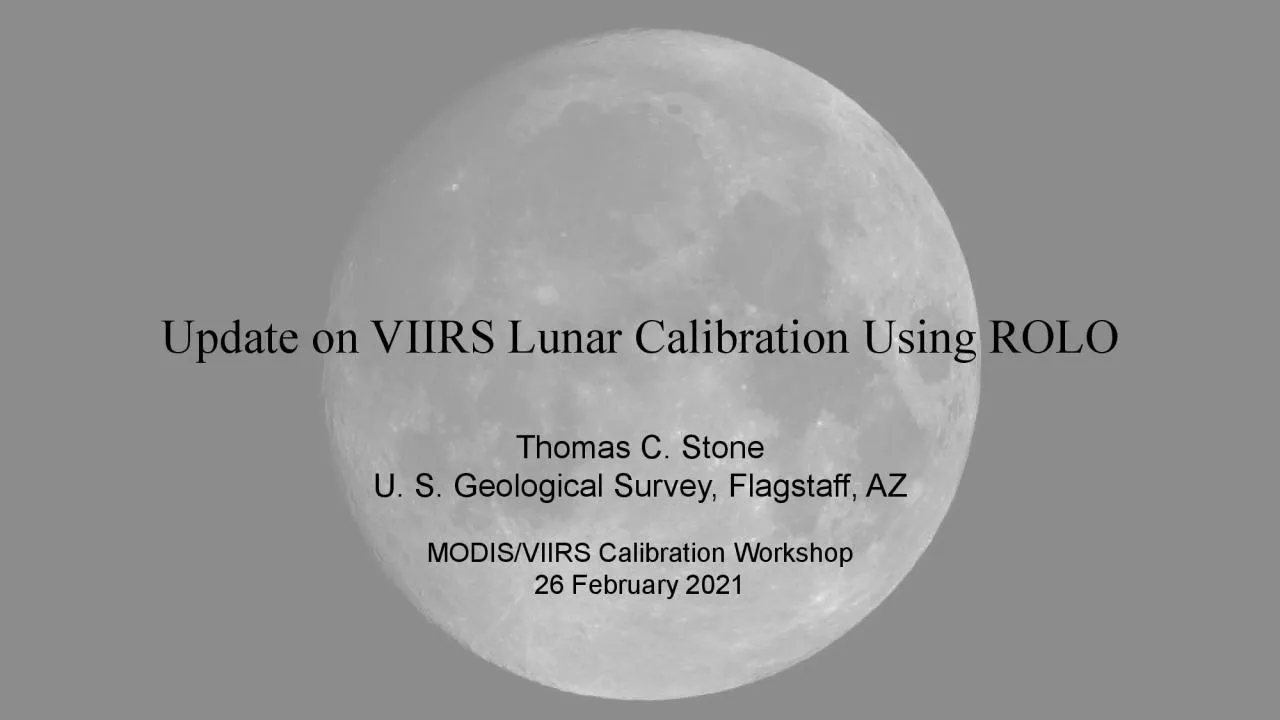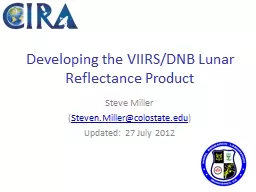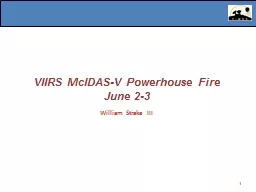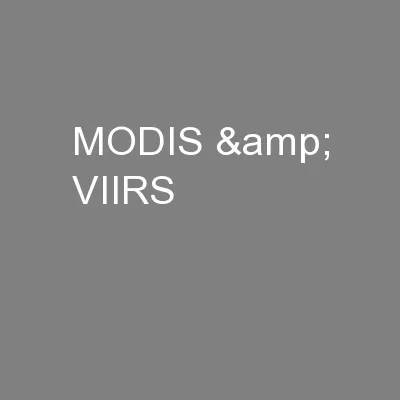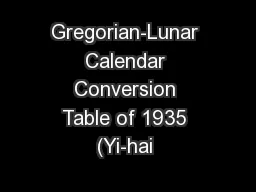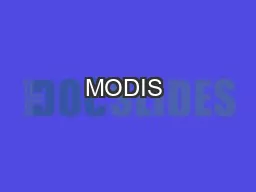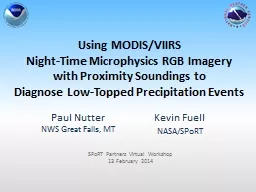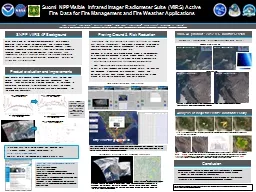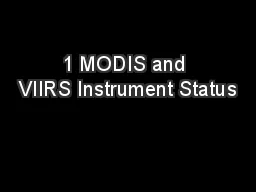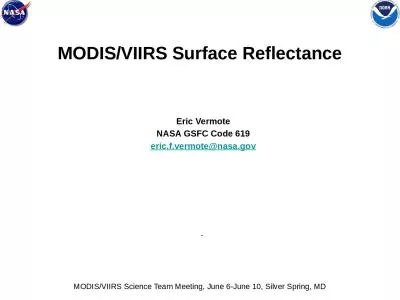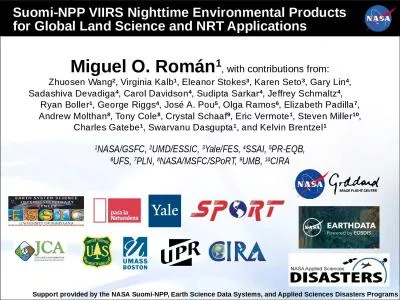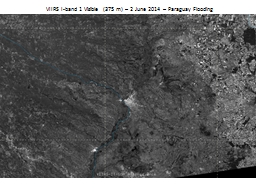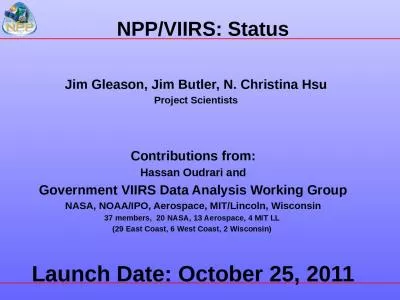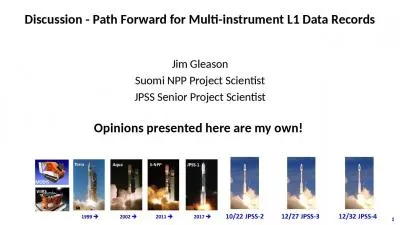PDF-Update on VIIRS Lunar Calibration Using ROLO Thomas C StoneU S Geologi
Author : fanny | Published Date : 2021-08-09
MODISVIIRS Calibration Workshop 26 February 2021VIIRS Observations of the MoonSNPP and NOAA20 execute roll maneuvers each month to capture the Moon in the Earthview
Presentation Embed Code
Download Presentation
Download Presentation The PPT/PDF document "Update on VIIRS Lunar Calibration Using ..." is the property of its rightful owner. Permission is granted to download and print the materials on this website for personal, non-commercial use only, and to display it on your personal computer provided you do not modify the materials and that you retain all copyright notices contained in the materials. By downloading content from our website, you accept the terms of this agreement.
Update on VIIRS Lunar Calibration Using ROLO Thomas C StoneU S Geologi: Transcript
Download Rules Of Document
"Update on VIIRS Lunar Calibration Using ROLO Thomas C StoneU S Geologi"The content belongs to its owner. You may download and print it for personal use, without modification, and keep all copyright notices. By downloading, you agree to these terms.
Related Documents

